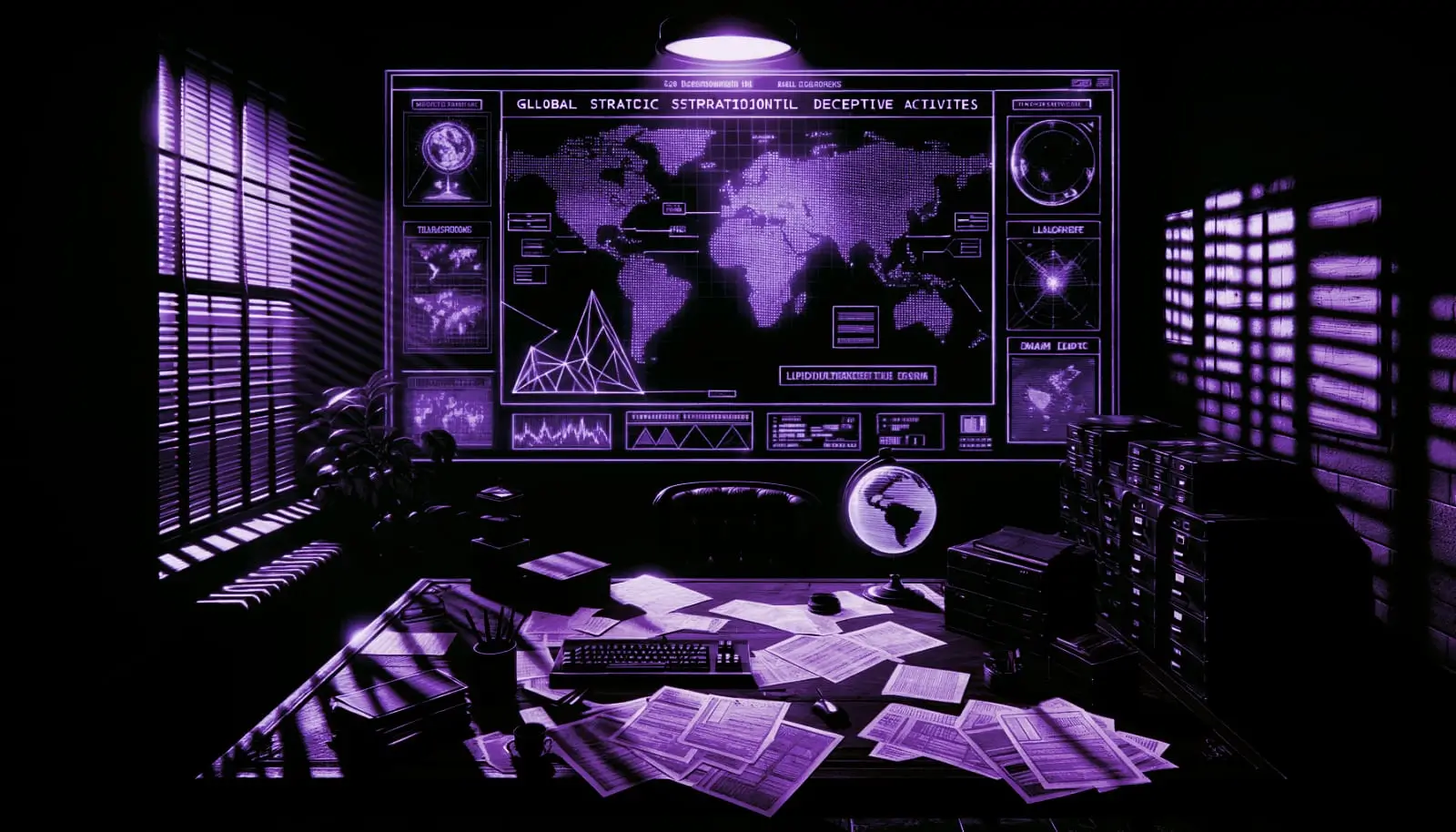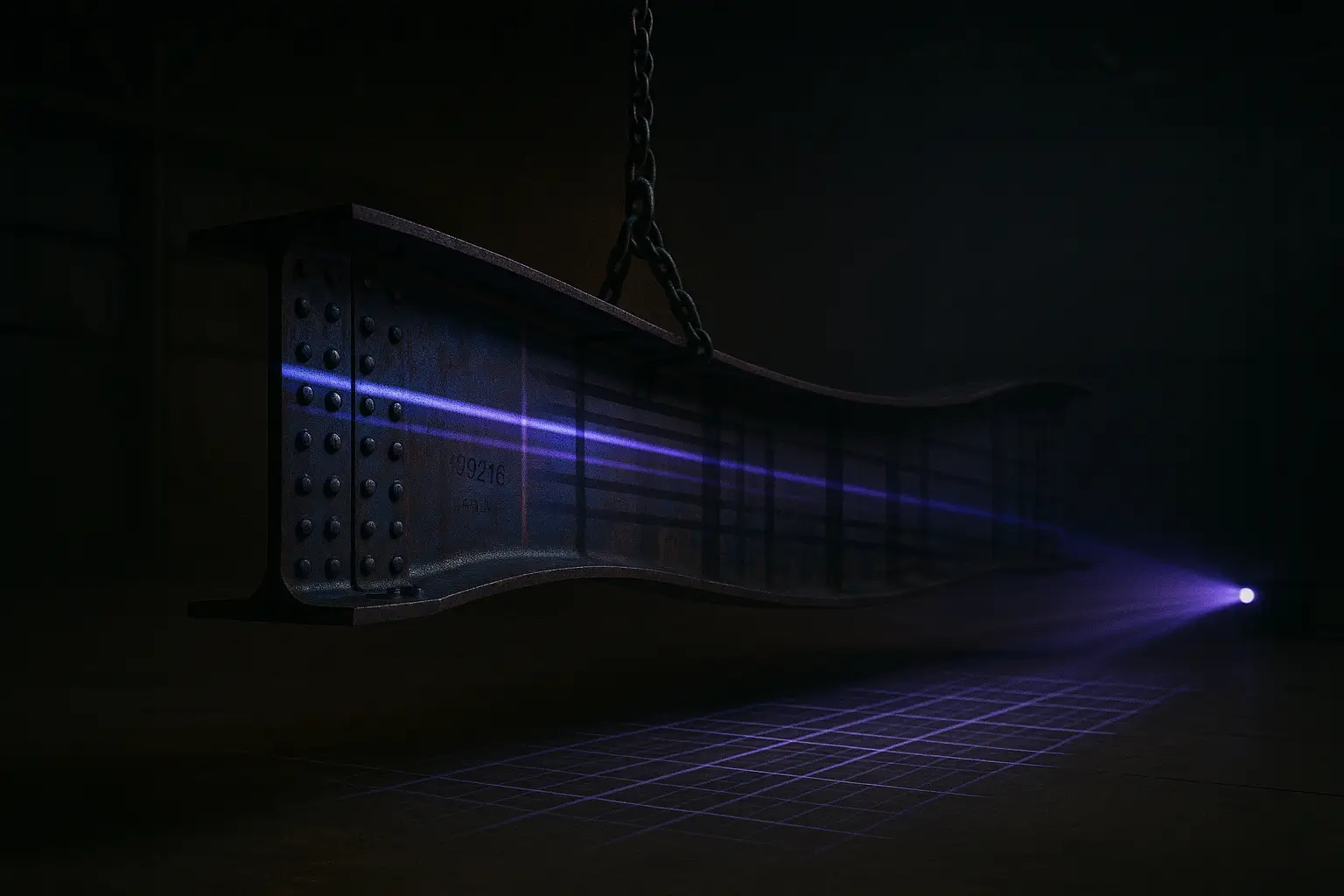False Flag Operations That Altered Global History
False flag operations emerge from the shadows, revealing orchestrated chaos and hidden agendas that could shatter the very foundation of global history.
A flickering neon light buzzes erratically in a forgotten basement beneath an unassuming office block. Dust dances in the beam of an overhead projector, illuminating a sea of redacted documents sprawled across the table. The air is heavy, laden with secrets whispered through decades. In the shadows, a file labeled “OS-17: Protocol I-6” catches the light, its insignia a haunting reminder of orchestrated deception. Within these pages lies a narrative meticulously constructed yet perpetually unverified.
The sound of distant footsteps is the only disturbance in this clandestine archive, a realm where truth blurs with fabrication. The walls seem to pulse with echoes of betrayal, each dossier a testament to events manipulated by unseen hands. This is the gateway to what they didn’t want you to know. And once you hear the whisper, it never stops.
What the Video Adds (Quick Summary)
- Operation Northwoods (1962) – A Joint Chiefs of Staff proposal to stage incidents as pretexts against Cuba; documented in declassified records and never executed.
- Gulf of Tonkin (1964) – Initial reports of attacks on U.S. ships drove escalation in Vietnam; later NSA historical reviews concluded the August 4 event likely did not occur as reported.
- Definition – A false flag operation is a covert act engineered to appear as though a different actor carried it out, often to steer public opinion or policy.
- Modern domain – Analysts warn that cyber incidents can be misattributed, creating the risk of staged or misread intrusions; attribution remains technically complex and contested.
- Where to verify – Primary materials reside in the National Archives, NSA declassification pages, and the CIA FOIA Reading Room, with curated collections at the National Security Archive.
The First Disruption
False flag operations—a term long paired with shadowy corridors and strategic deception—have a concrete definition: a covert act designed to look like it was carried out by someone else, typically to manufacture consent or trigger policy. As of 2025, archives show one unambiguous proposal in the historical record: Operation Northwoods (1962), drafted by the Joint Chiefs of Staff, which outlined staged incidents to justify action against Cuba; it was rejected by civilian leadership and never implemented. By contrast, hearings documented how reports from the Gulf of Tonkin (1964) helped expand the Vietnam War, while later NSA analyses determined the alleged second attack likely did not occur, revealing how fog and error can harden into policy.
“In the interest of national security, certain operations are deemed necessary to maintain global stability. Under Protocol I-6, these operations, while regrettable, serve a greater purpose.” — Redacted memo, mid-20th century
To map patterns and timelines, our Real Conspiracies catalog cross-references proposals, authorizations, and declassifications, so readers can contrast what records indicate with what rumor supplies. Proven covert programs of the era—such as CIA Project MKUltra (1953–1973) and FBI COINTELPRO (1956–1971)—demonstrate capability and motive, even when they are not themselves examples of staged provocations.
The Cover-Up / The Silencing
Official denials arrive quickly; counter-narratives move slower. Archives show that whistleblowers, ship logs, and internal cables can conflict, yet classified seals keep the public from reconciling the gaps for years. In such liminal periods, alleged false flag operations are debated fiercely, with investigators parsing motive, capability, and documented chain-of-command.
Who stood to gain? Military-industrial stakeholders and ideological power brokers often benefit from the acceleration of conflict. Records lost to misfiling, selective classification, or simple bureaucratic drift further muddy the waters. When the curtain finally lifts—sometimes decades later—the paper trail can be thin, but it is not absent. For deeper dives across cases and timelines, comb the full archive maintained by The Odd Signal.

Echoes of the Future
The legacy of these operations reverberates through the corridors of power. As technology advances, the tools of deception evolve—spoofed identities, deepfake video, and false network flags complicate attribution. In an era when information flows freely yet is carefully curated, the specter of the past looms over incident response, policy hearings, and public trust.
As we stand at the cusp of a relentlessly digital era, where information wars are waged invisibly, the question remains: in which shadowed rooms are today’s truths being rewritten? Investigators increasingly triangulate sources—ship logs, SIGINT histories, and FOIA productions—to separate error from orchestration.
Final Transmission
In the margins of declassified reports, one line repeats: “Truth is the first casualty of war.” The echoes of staged provocations remind us that reality can be a carefully scripted performance—until the files surface.
To follow the signal deeper, explore our dossier on engineered provocations, navigate the Real Conspiracies catalog, or explore the full archive of anomalies that challenge comfortable narratives.
Sources Unsealed
- National Security Archive (GWU), “Pentagon Proposed Pretexts for Cuba Invasion: Operation Northwoods” (2001) – curated primary documents: https://nsarchive.gwu.edu/briefing-book/cuba/2001-04-30/pentagon-proposed-pretexts-cuba-invasion-operation-northwoods
- National Archives, “Gulf of Tonkin Resolution” (Legislative records overview): https://www.archives.gov/legislative/features/gulf-of-tonkin
- NSA, Declassified materials on the Gulf of Tonkin (historical analyses and documents): https://www.nsa.gov/news-features/declassified-documents/gulf-of-tonkin/
- CIA FOIA Reading Room, MKUltra Collection (1953–1973) – evidences covert capability and tradecraft of the era: https://www.cia.gov/readingroom/collection/mkultra
- (Cultural mirror) Film: “Wag the Dog” (1997) – a fictional portrayal of manufactured narratives; useful to understand public perception, not evidence.
Latest Declassified Signals
New drops every week. Dossiers, visuals, anomalies. Truth is never quiet.
They Don’t Want You to Know This
Join the society of the curious. Get early access to leaked findings, hidden knowledge, and suppressed discoveries — straight to your inbox, before they vanish.




